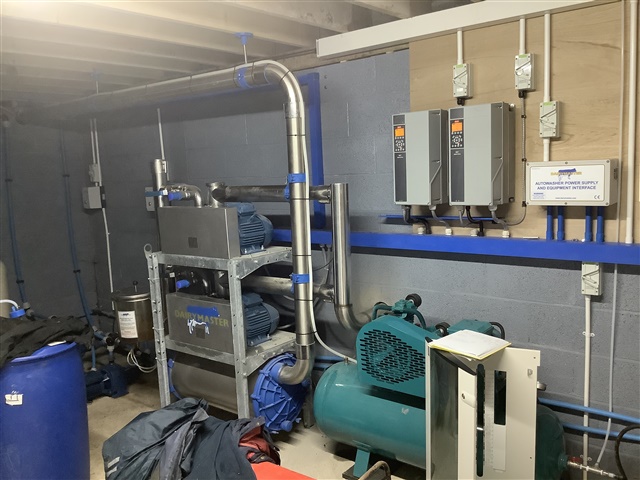In my world it has become a hot topic regarding inspection and testing of MCC panels and where the limitations are justifiable.
The buildings in question are approx. 20 years old and operational as educational establishments
My current thoughts are that a visual inspection of the panel with end of line ZS readings and insulation resistance down stream of the contactors/ relays is a sensible approach eliminating the sensitive equipment.
Some consultants are suggesting otherwise which on the face of it doe not appear a reasonable approach.... they are even suggesting that the control wiring is a requirement.
I'm keen to have further opinions as to where the limitations reasonably lie for the LV circuits within these panels.
Appropriate referencing to support would be really appreciated
Thanks for your help
